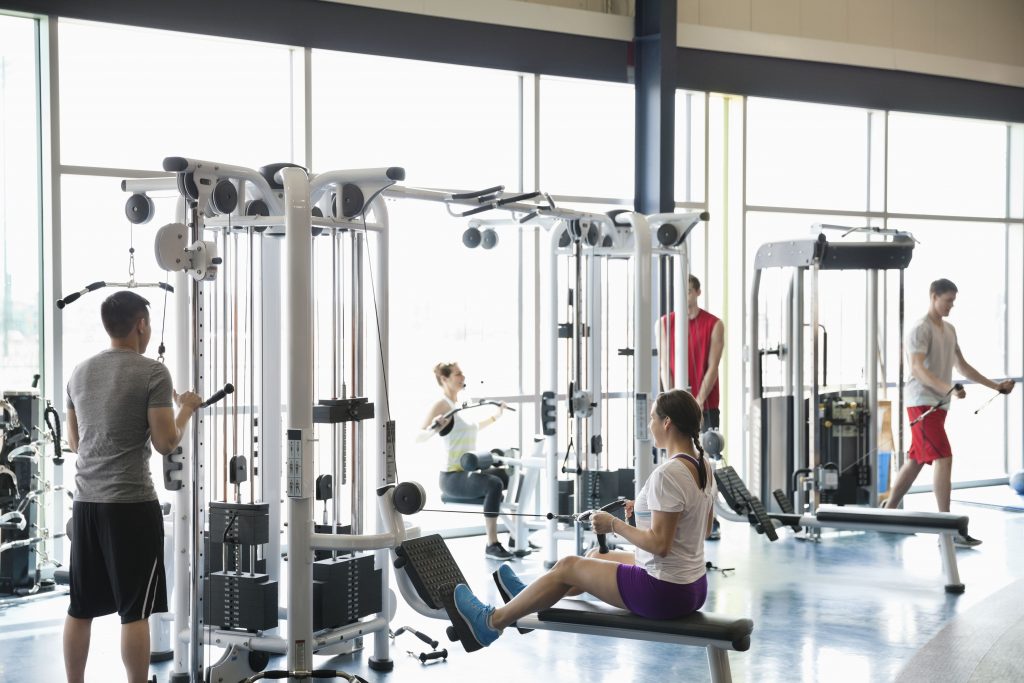
How You Can Stay Safe in Gyms & Training Centers
Everyone has their own training regimen. Chris Weidman detailed his workout routine, which included biking, Brazilian jiu-jitsu, heavy pad work with strength and conditioning, double arm rope slaps, and much more. Your nutrition and training habits are based on your personal health, skill level, and overall goals.
However, no matter who you are, your training routine is likely shifting with COVID-19, as many gyms and other training centers shut down in order to follow mandatory social distancing regulations. As things open back up, it’s important to think about how you can inch back into your routine in the most healthy and optimal way. Here’s what you need to know:
Understand the Risks
If your state or town has begun to open up, it’s because there is data that demonstrates it’s safe. However, it’s natural to have your own concerns about whether you should wait a little longer. If you don’t feel comfortable with the state of things, you shouldn’t push yourself into prematurely going back into the gym.
One of the primary reasons why gyms were a hot topic of discussion when it came to reopening was because they are often densely packed and sanitization is difficult to enforce consistently throughout the day. The coronavirus is spread through respiratory droplets, and although many are concerned about potential spread through sweat, there is little evidence to suggest this is likely.
Furthermore, many gyms are going the extra mile to ensure they’re taking all the right precautions. If you’re still unsure, reach out to your training location to ask how they’re handling the coronavirus and reopening.
Taking Steps to Prevent an Injury
It’s one thing to be worried about the potential spread of coronavirus, but it’s entirely another to consider potential for injury. If you’ve slowed down in your training or didn’t have the same equipment in your home gym as you did in your gym, chances are you need to ease into your workout.
Data from FitBit found that many Americans were less active than normal during the height of the pandemic. You shouldn’t be expected to jump straight into your old regimen—this can easily lead to workout injuries. If you’re out of tune with your regular habits, you run the risk of making a potentially hazardous mistake. Already, doctors are seeing an increase in the number of patients they’re receiving due to overzealous workouts, according to experts who spoke to the New York Times.
Furthermore, you still run the regular risks—however small—of getting an injury to no fault of your own. Employees returning to work fresh from a lengthy period of time off and isolation are also expected to ensure the safety of their members. According to a slip and fall lawyer at Stein Law, gym-goers should pay particular attention to their surroundings as everyone adjusts to their previous lifestyle.
Don’t Forget to Stretch
Stretching before a workout is imperative. In your current state, assuming you’ve cut back on your workouts, it’s more important than ever. Stretching helps reduce your risk of injury by improving blood flow circulation and flexibility in the body. Because your flexibility is heightened, you’re less likely to strain your joints when you work through specific movements. How you decide to stretch will depend on the type of activity you pursue. For example, cyclists will focus on stretches that improve back dexterity, while UFC fighters might focus on hamstring stretches and scorpion stretches.


























